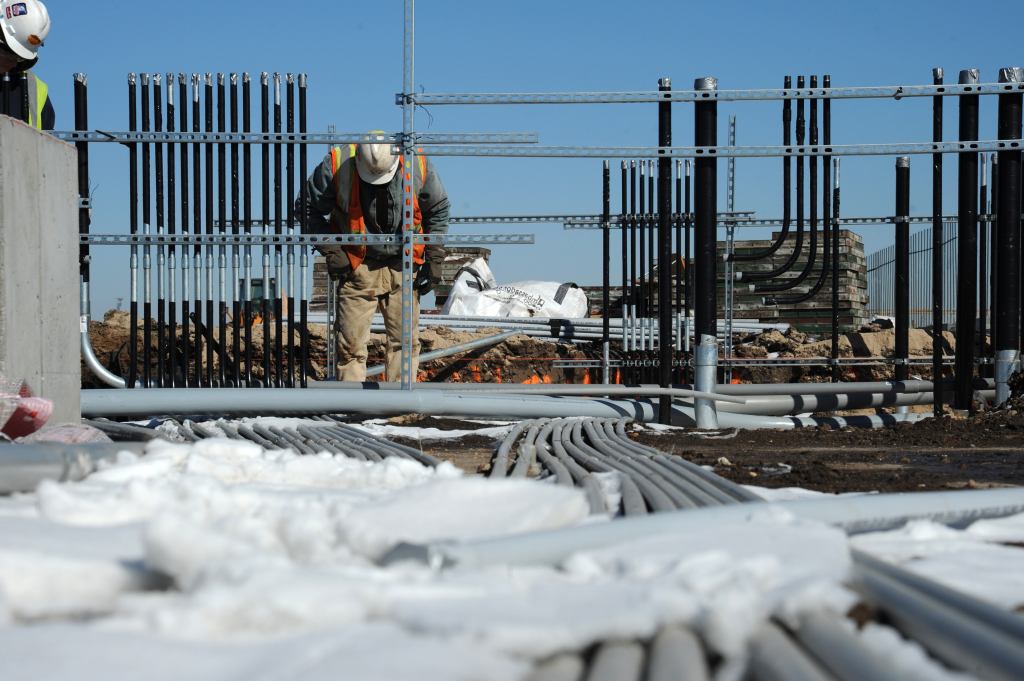What is nano-materials?
Using Nano-materials in Cold Weather Concrete:
Materials with at least one external dimension between 1 and 100 nm are referred to as nanomaterials. According to the criteria provided by the European Commission, at least half of the particles in the number size distribution must have a particle size of 100 nm or less.
Nano-materials in construction
One of the most vital components for the building sector is concrete. It readily contains additives, aggregates, and nanoscale structures like cement hydration compounds. The macroscale characteristics of concrete are significantly impacted by the features of these nanoscale formations. Engineering nanoscale characteristics can enhance the quality of the concrete.
Comparing traditional structures used in building to nanostructures, traditional structures are less shear resistant, more flexible, and more ductile. Because of this, adding nanofiber reinforcements or particles to the structure boosts the endurance and strength of the concrete.
For instance, carbon nanotubes increase the concrete’s ability to withstand cracking. Nanoparticles such as nano silica, nano clays, Nano Titanium Oxide (TiO2), Nano Iron (Fe2 O3), Nano alumina (Al2 O3), Copper Oxide (CuO), Zinc Peroxide (ZnO2) and (ZrO2) Zirconium dioxide are considered candidates for the improvement of concrete properties. Nano silica additives can improve durability, segregation resistance, and self-compacting capability of concrete.
Self-leveling, self-healing, self-compacting, and ultra-high-performance concrete are all products of the use of nanofibers or nanoparticles. Additionally, certain nanotechnology applications used in the manufacture of cement promote sustainable construction. A sizeable portion of CO2 emissions to the environment are caused by the cement producing process. Belite, calcium sulfo-aluminate, and calcium alumina-ferrite are a few additives that can lower the industrial process’s CO2 emissions.
Nano-materials in cold weather construction

One of the most active research fields today, nanomaterials span a variety of fields, including civil engineering and building materials. Scientists are interested in them because of the novel advantages of employing nanoscale particles. They could reengineer many current items to achieve previously unheard-of levels of performance. They can improve the mechanical qualities of concrete since they are so fine.
They also have the ability to substitute cement and lower CO2 emissions by accelerating the kinetics of cement hydration, effectively modifying the pore structure of concrete, densifying the interfacial transition zone between aggregates and cement paste, and refining the pore structure of concrete.
One of the most significant pozzolanic materials that has been extensively employed in the study of concrete is nano-silica, which emerged as one of these materials.
In 2016, a study by Gonzalez and colleagues investigated the effect of using 1 and 2 % of nano-silica as partial replacement of cement on concrete with different water-to-cement ratios. Concrete was exposed to 324 freezing-thawing cycles. They found out that even in the presence of deicers, the addition of nano-silica to the concrete made it denser and less porous, which decreased the degradation of the concrete caused by frequent freezing and thawing cycles.
Another study by Behfarnia in 2013 analysed the impact of employing up to 7% nano-silica and 3% nano-alumina as a partial replacement for cement on the mechanical characteristics of concrete and its ability to resist frost after 300 cycles of freezing and thawing.
It was concluded that using nano materials in concrete led to better results than normal plain concrete in terms of frost resistance and mechanical properties. It is worth noting that concrete incorporating nanosilica achieved higher strength values due to its high pozzolanic activity specially 5%.
Furthermore, according to a 2014 study by Kazempour, nano silica can help with performance problems including slow setting times and weakening of mortar that is cast and cured at low temperatures. Consequently, the impact of adding nano silica and nano alumina to masonry mortar mixes that were cast and cured at 51°C on the fresh and hardened characteristics of the mortar was examined. According to reports, 6 percent nanosilica or 6 percent nano-alumina, especially in the case of nano-silica, can accelerate the kinetics of hydration and strength development while attenuating the detrimental impacts of low curing temperature on various combinations.
In summary using nano particles in concrete exposed to cold weather such as nanosilica can drastically improve the performance of concrete. However, be ware that some nanoparticles may negatively affect the performance of concrete in cold weather such as nano-CaCO3.
Using Nano-materials in Cold Weather Concrete
Read Also:
